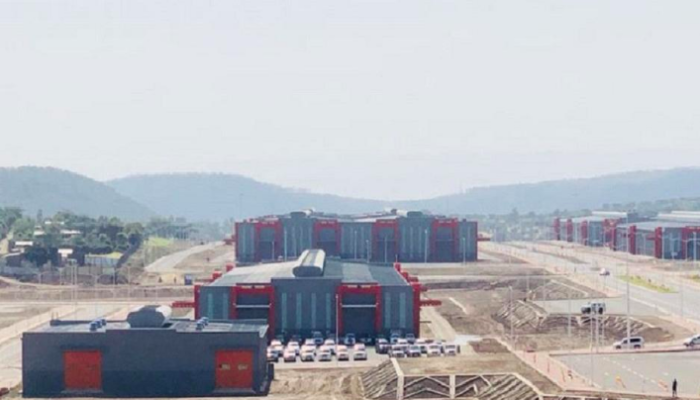Ethiopia announced $7 billion worth of new road and power supply projects, according to the state-affiliated Fana news agency.
The government’s Public-Private Partnerships Office said the three road and 13 power projects would be launched this fiscal year after the tendering processes were completed, Fana reported.
It did not say how they would be financed or give any other details on the projects.
Ethiopia – which has recorded the highest economic growth rate in sub-Saharan Africa for years – has invested heavily in state-led infrastructure projects, drawing on foreign borrowing and its own foreign exchange reserves.
But there have been signs that China, a major creditor, is slowing financing to Addis Ababa as doubts grow over the profitability of some infrastructure projects there.
The power projects are a-469MW Genale Daw 5, 100MW Genale 6, 280MW Chemoga 1&2, 424MW Halele Werabe, 798MW Dabus, 125MW Gad, 125MW Dichato, 100MW Mekelle, 100MW Humera, 150MW Wolenchiti, 150MW Weranso, 125MW Metema, and 125MW Hurso.
Similarly, the three road projects are a 125km Adama-Awash, a 72km Awash-Mieso, and a160km Mieso-Dire Dawa highways.
Dr. Teshome Tafese, director general of the office noted that the projects will be launched this fiscal year after necessary tendering procedures are completed.
source: REUTERS






